With multiple options for transporting goods, choosing the most appropriate and cost-efficient variant isn’t an easy solution. As a customer, you may need to use different modes of transportation to get your vehicle shipped to your destination. Understanding the pros and cons of all modes of transportation in international trade is paramount to ensure a hassle-free and simple transit. In this blog, we’re taking a close look at different modes of transport in logistics to help you choose the most suitable one to fit your shipping needs.
What Are Common Means of Transport
The term ‘means of transport’ refers to all common ways of transporting cargo, goods, services and people. This notion includes transportation infrastructure as well as power supply and many other factors, which aren’t limited to simply moving something from point A to point B. Various modes of transportation are frequently used in global logistics. They are as follows:
- land,
- air,
- sea,
- and multimodal/intermodal transport.
Each of these has its advantages and disadvantages for shippers to take into account.
Different Types of Land Transport

Land transport is a general notion for all land-based supply chains that are used for carrying something within a country or continent. Modes of land transport include railroad and truck transportation.
Road transport offers the greatest flexibility for domestic trade and the movement of goods over short distances. In addition, it’s the only possible option to order door-to-door delivery.
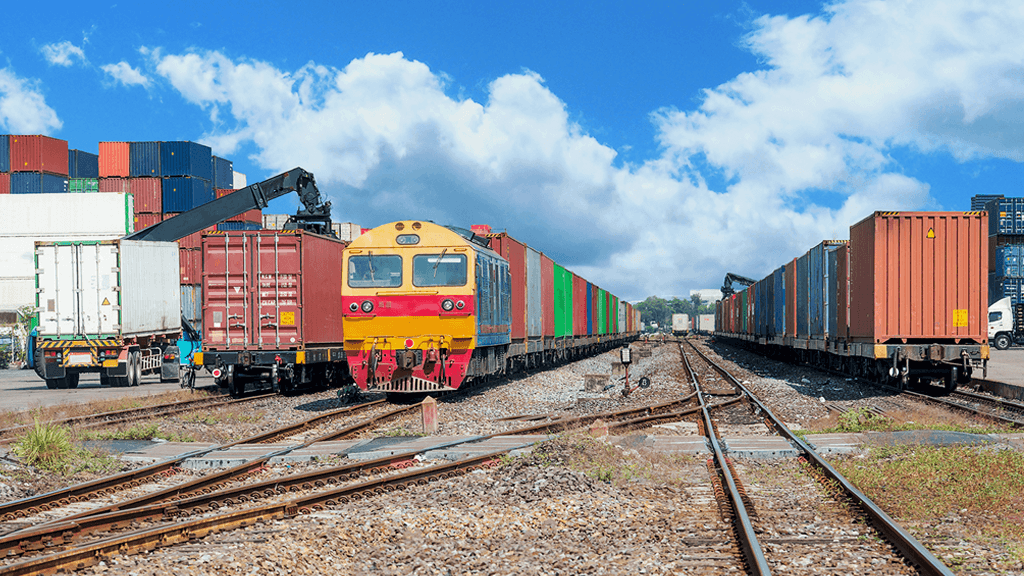
However, this applies only to truck transport, as trains are usually loaded/unloaded at terminals. Nonetheless, railroad transportation has another advantage: it’s the best option to ship bulky and heavy cargo efficiently. A single locomotive can pull as much cargo as nearly 400 trucks. Thus railroad transportation is widely used for delivering different raw materials like ores, grain, and dry bulk cargo.
There are few downsides to land transport. The main is that the effectiveness of this mode of transport can be affected by several external factors. Inclement weather, traffic congestion, weight restrictions, and even local stipulations on import/export or transit of goods can impact your bottom line in the quote or disrupt well-thought-out shipping.
Air Transport

Air transportation is currently the fastest mode of transport. It’s also the newest, as this mode of logistics has been around since the 1900s, though gained popularity only in the 1930s. Air transit is the best way to ship perishable goods over long distances. Airfreight ensures the safety of cargo, as most shipments are unitized and then sorted out by supply chain workers. This transport mode is an ideal option for shipping old, vintage, and luxury cars. Keep in mind that these services come with a heavy price tag. For more information about the advantages of air freight, check the article here.
Maritime Transport
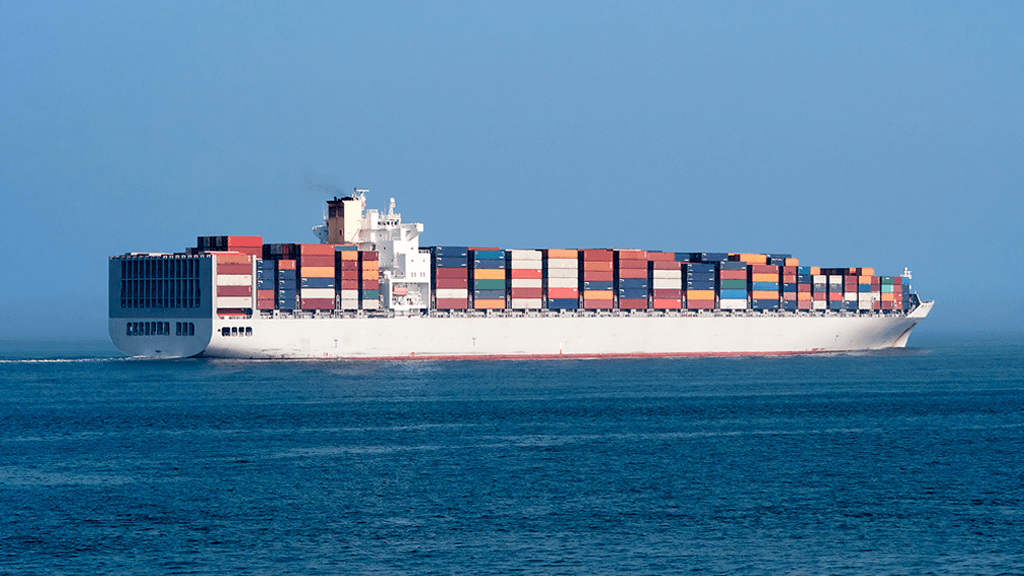
Sea freight is one of the oldest means of transport: people have been delivering goods by water for more than 2,500 years. Now it’s the most crucial shipping mode, as approximately 90% of world trade is done via waterways. Additionally, it’s by far the most cost-efficient mode of transport. Large mega-ships offer the biggest capacity within the industry and several ways to ship your car. Different means of water transport include RORO or container shipping. Make sure to take a look at their differences.
The only important drawback of marine shipping is a longer transit time. However, take into account this mode of transport may be subjected to different surcharges.
Multimodal And Intermodal Transport
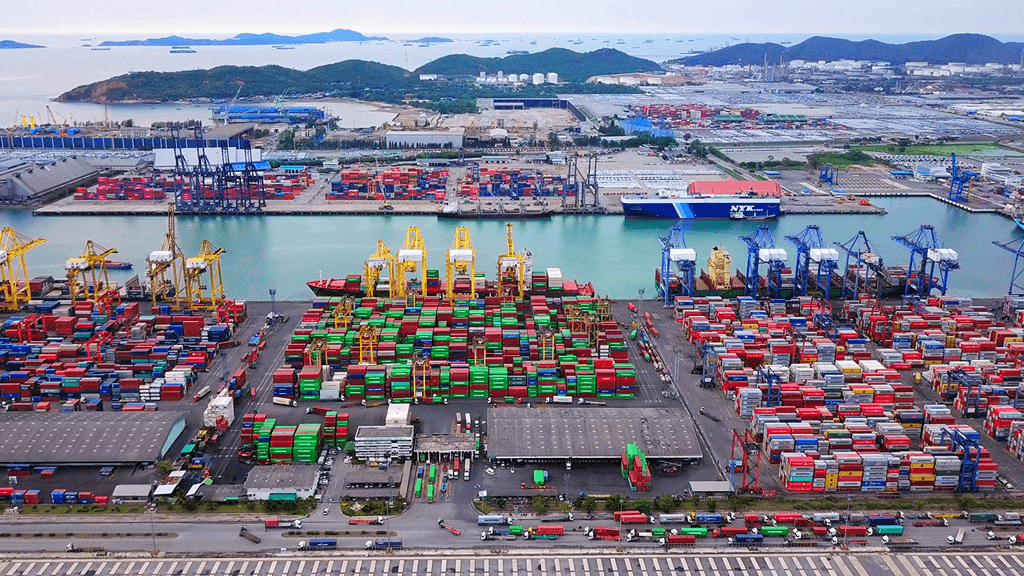
Standardization in shipping contributed to the emergence of multimodal and intermodal shipping modes. Usually, multimodal transport is perceived as a shipping service when goods are delivered to the customer via a combination of logistic modes. Intermodal shipping is a similar term used by global shipping lines. The difference between them lies in how a customer is charged for delivery services. In intermodal services, everything is calculated under a single bill, while in multimodal it’s vice versa. Customers are obliged to pay a separate bill for each delivery method.
Bottom Line
When you’re a newcomer to domestic or international shipping, it can be difficult to navigate specific terms and modes of transportation. Take it easy with EasyHaul: we’ll do the big stuff for you. Tell us your needs and we’ll help you choose the mode of transportation that is best for you. It doesn’t matter, where and how you’re planning to ship a vehicle, we have you covered. Get started with our quote calculator by entering the VIN of your car and a destination where you’d like to ship it. Follow our comprehensive guidelines on how to register and place your shipping order without hesitation. Sign up with Google or Facebook, upload a copy of your government-issued ID or passport, and enter your valid phone number to complete your registration. Get ahold of us at + 1 (360) 776-3596 (6:00 AM – 4:00 PM PST, Monday through Friday) if you have questions.

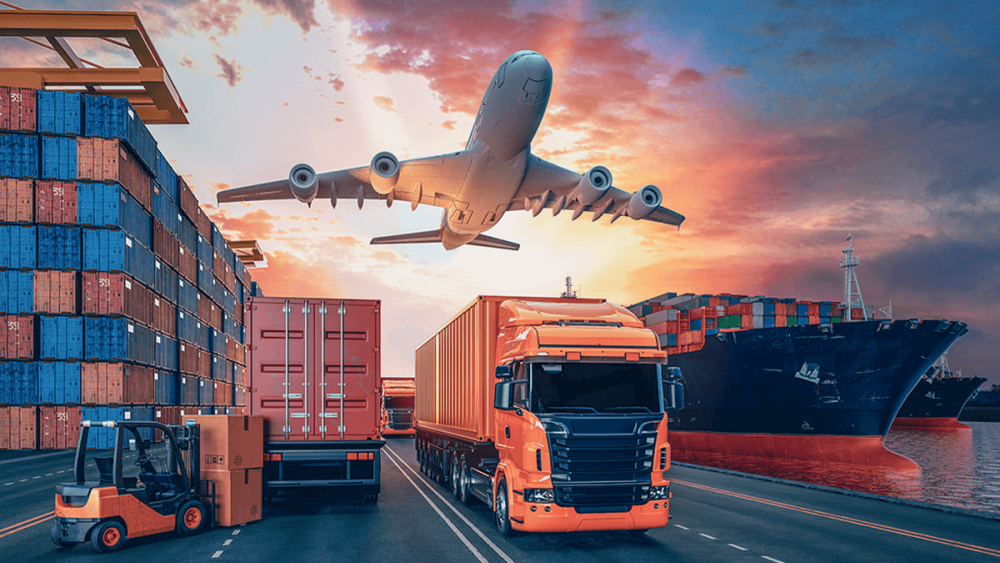



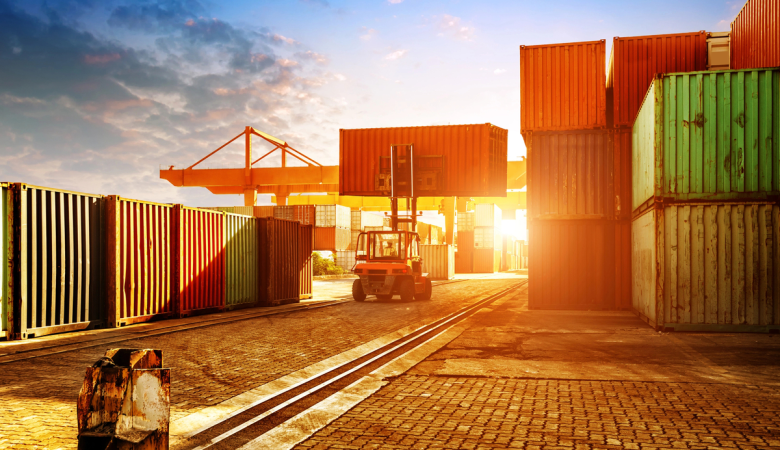
Leave a Reply
You must be logged in to post a comment.